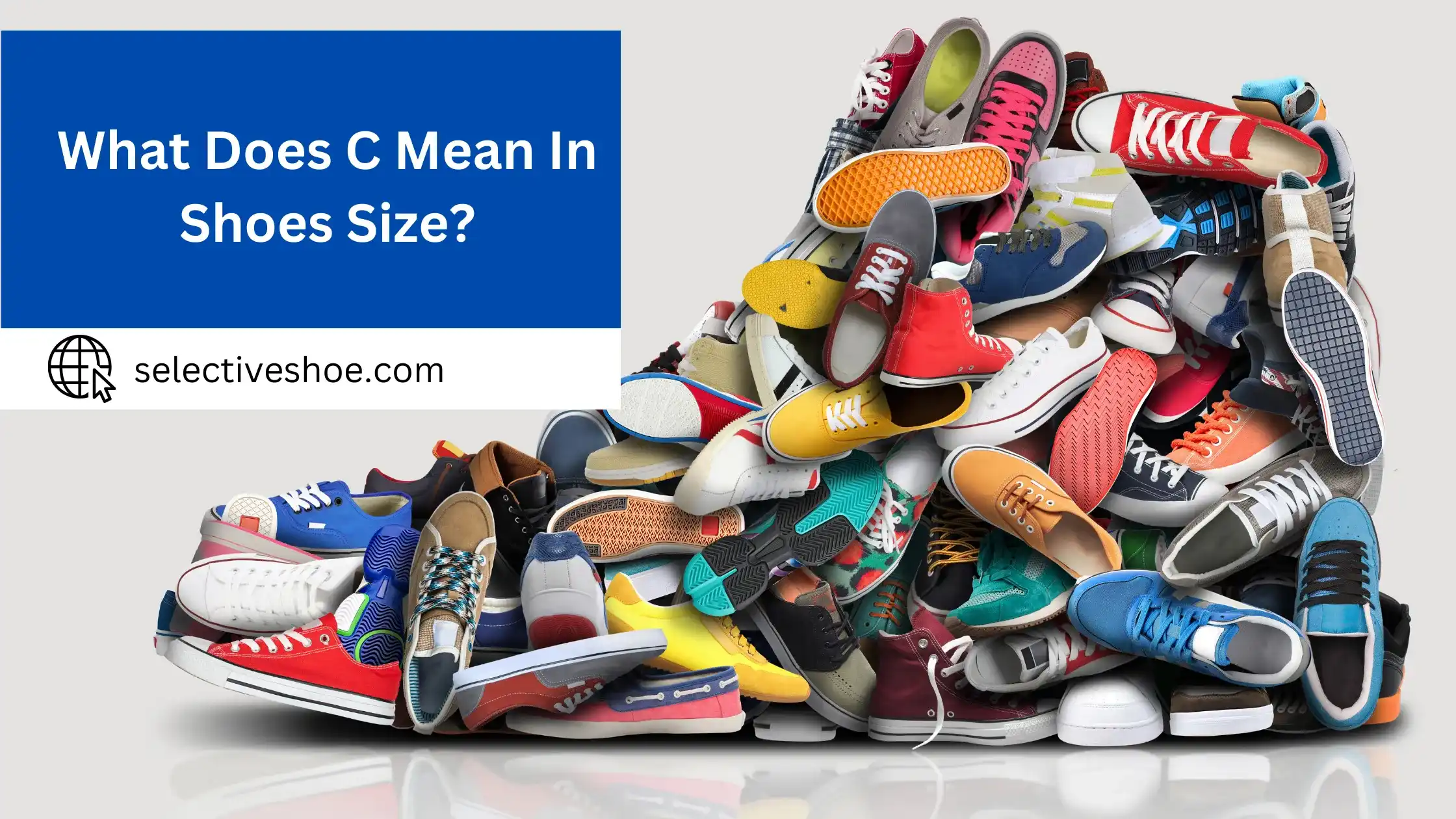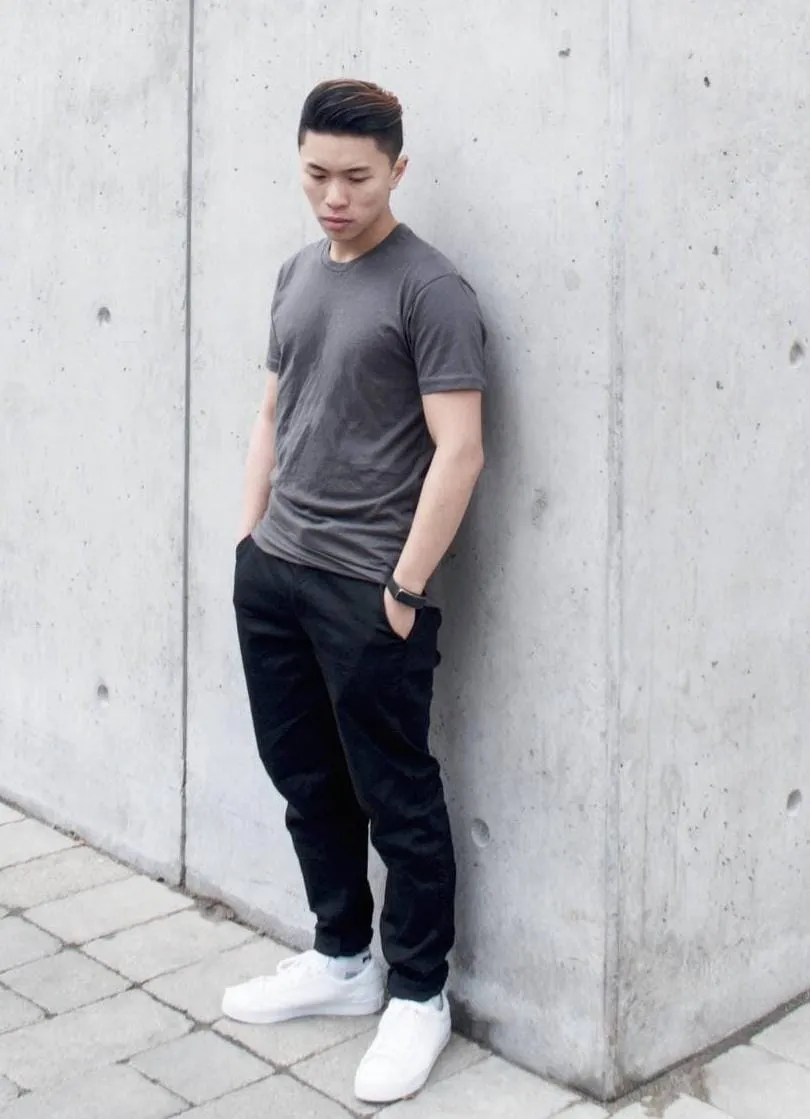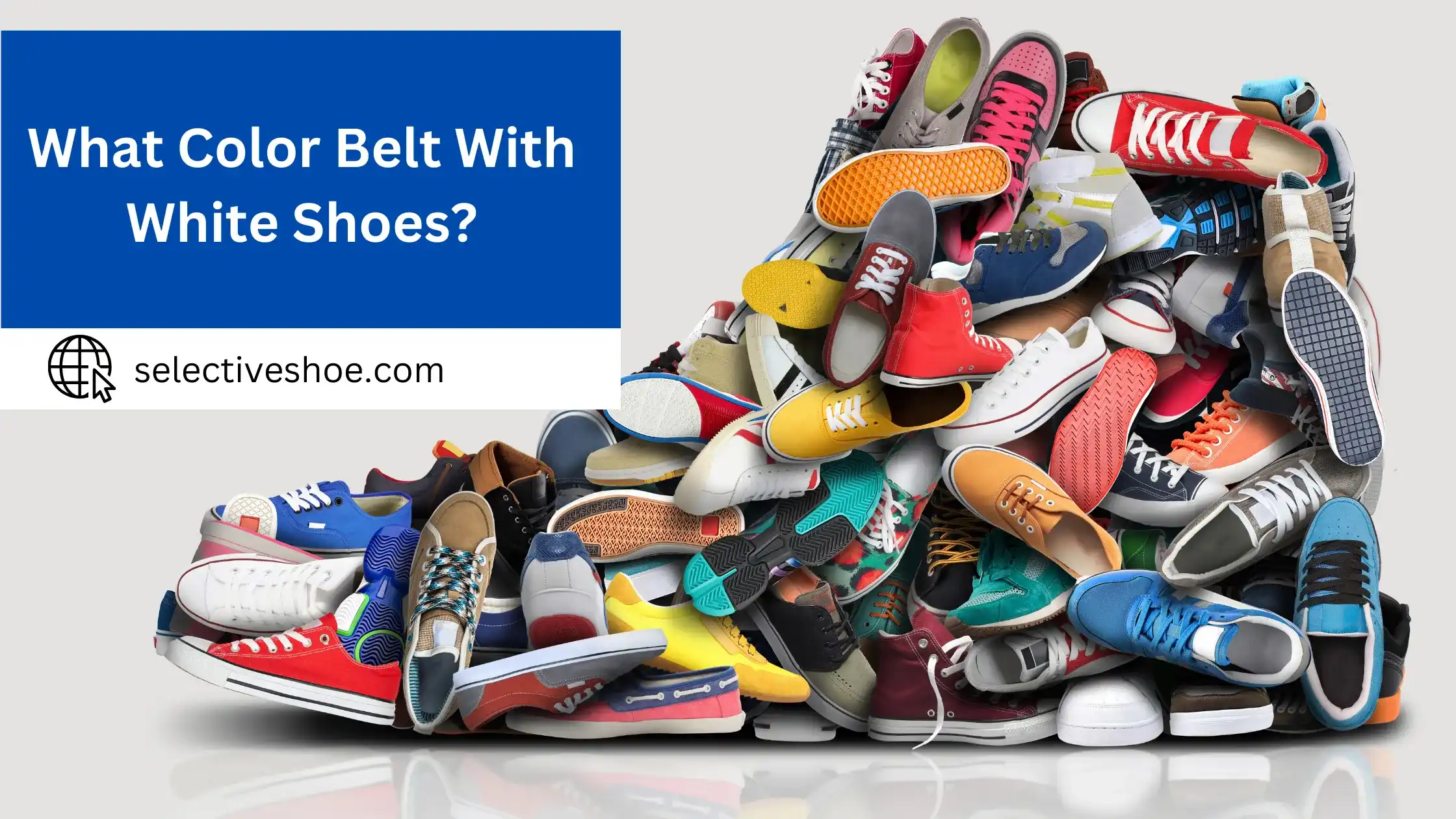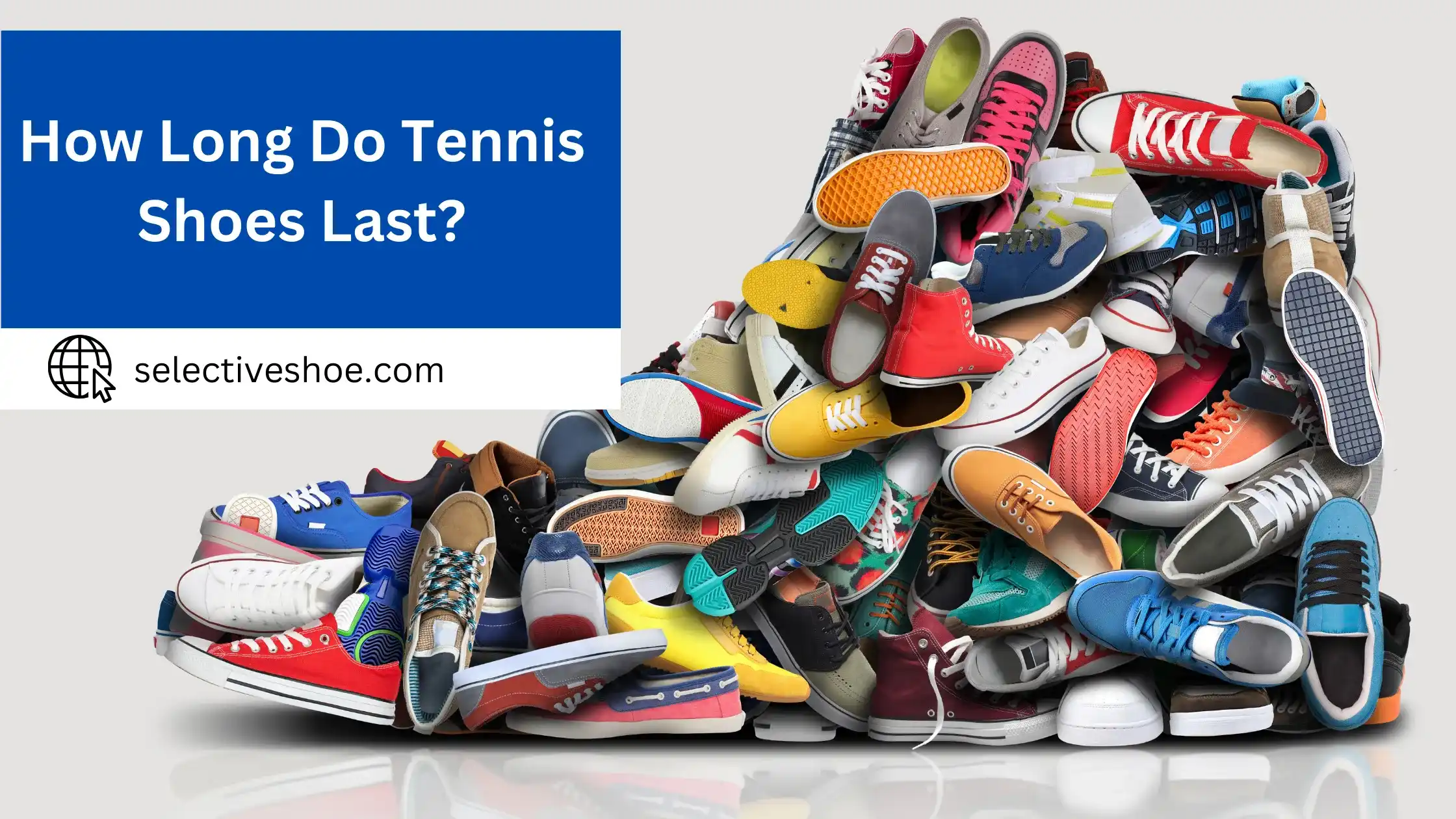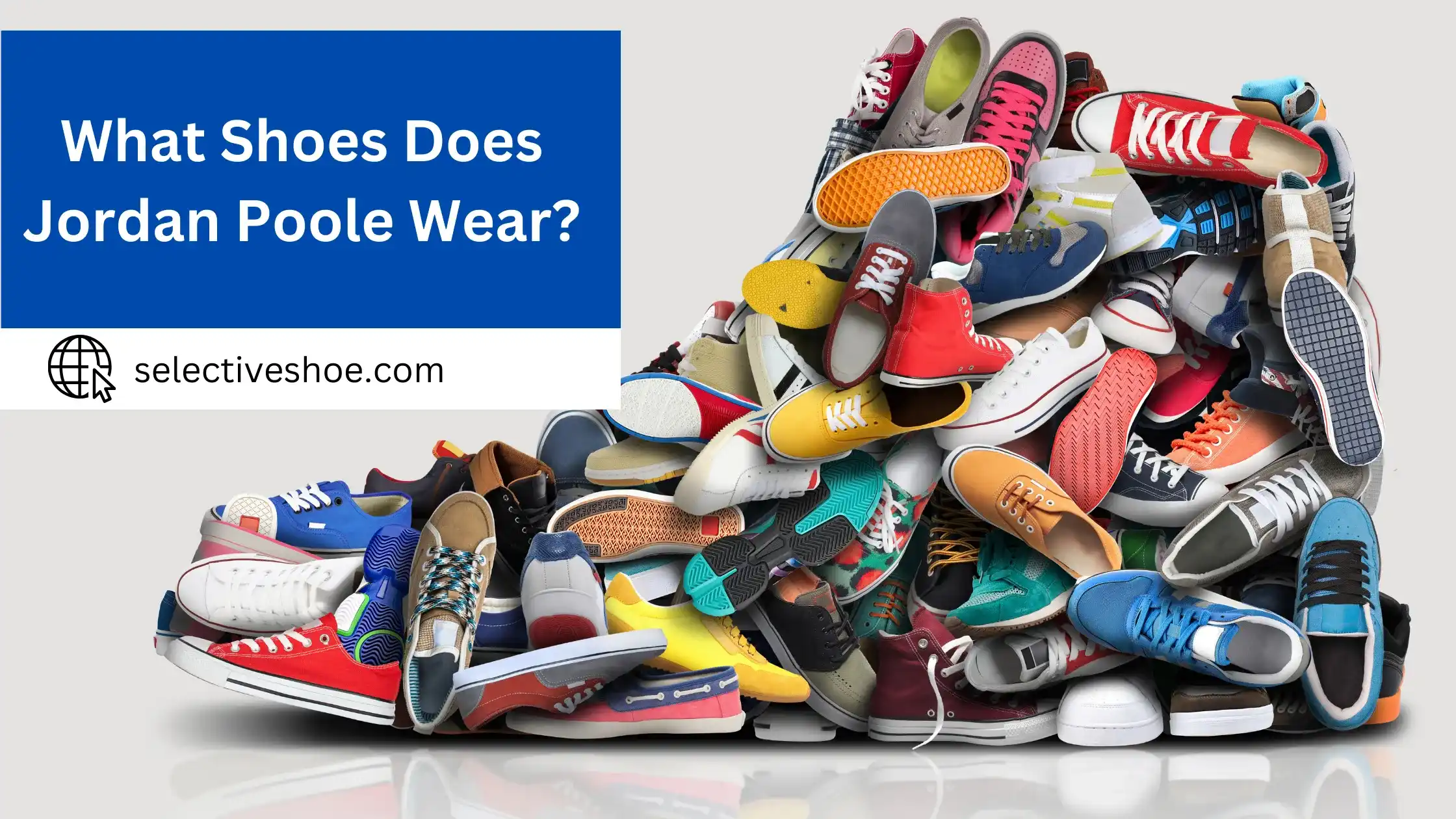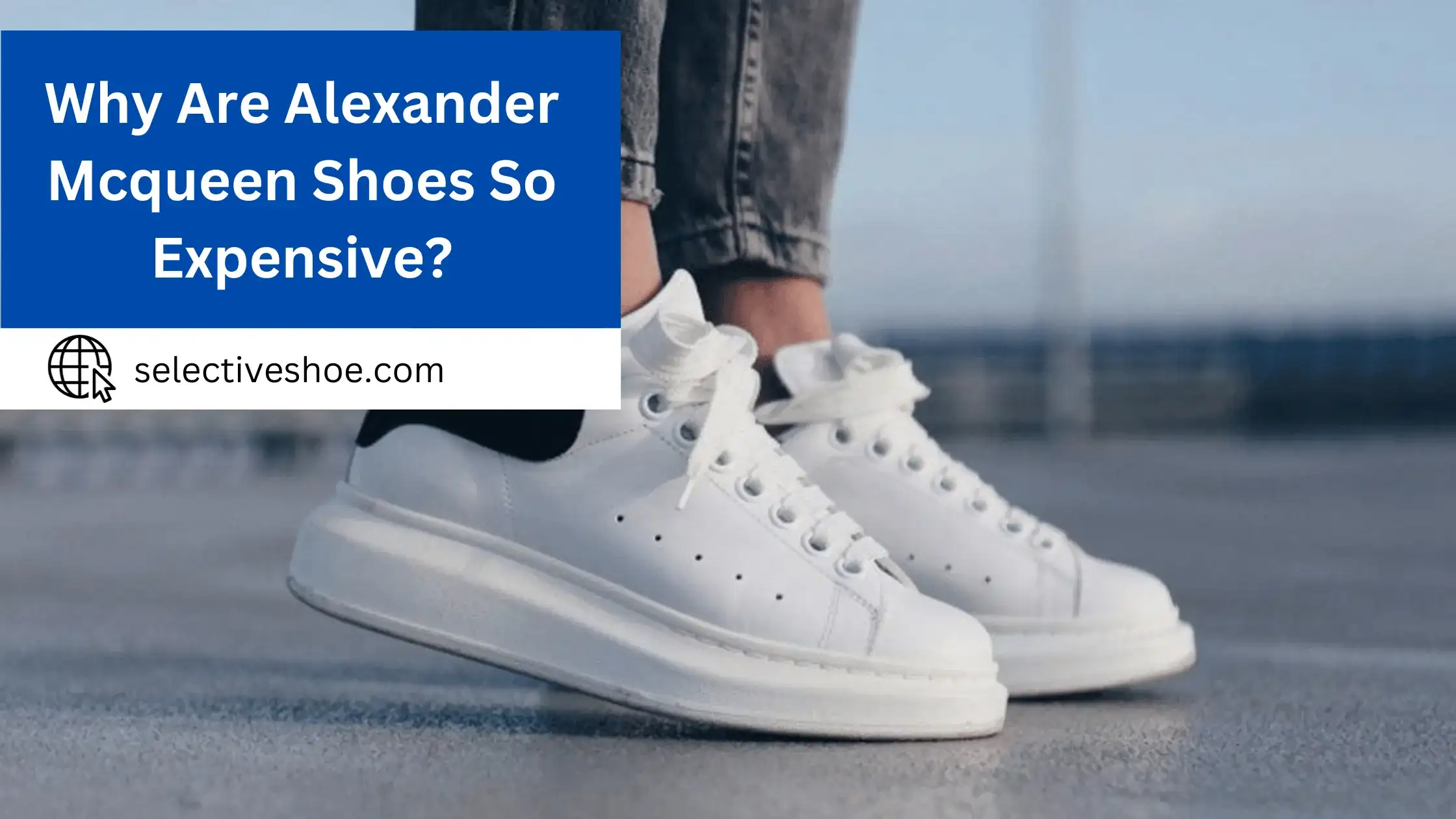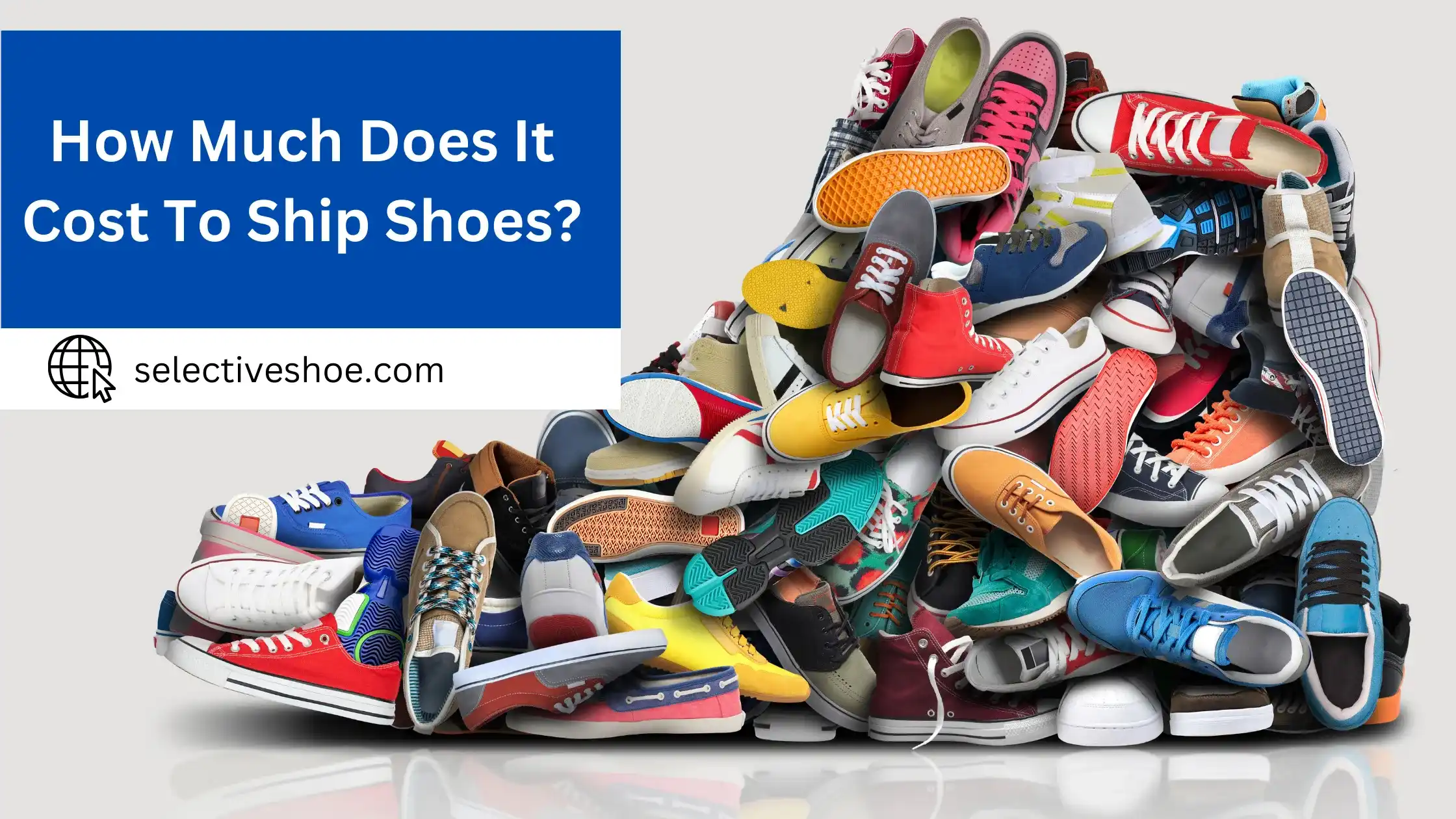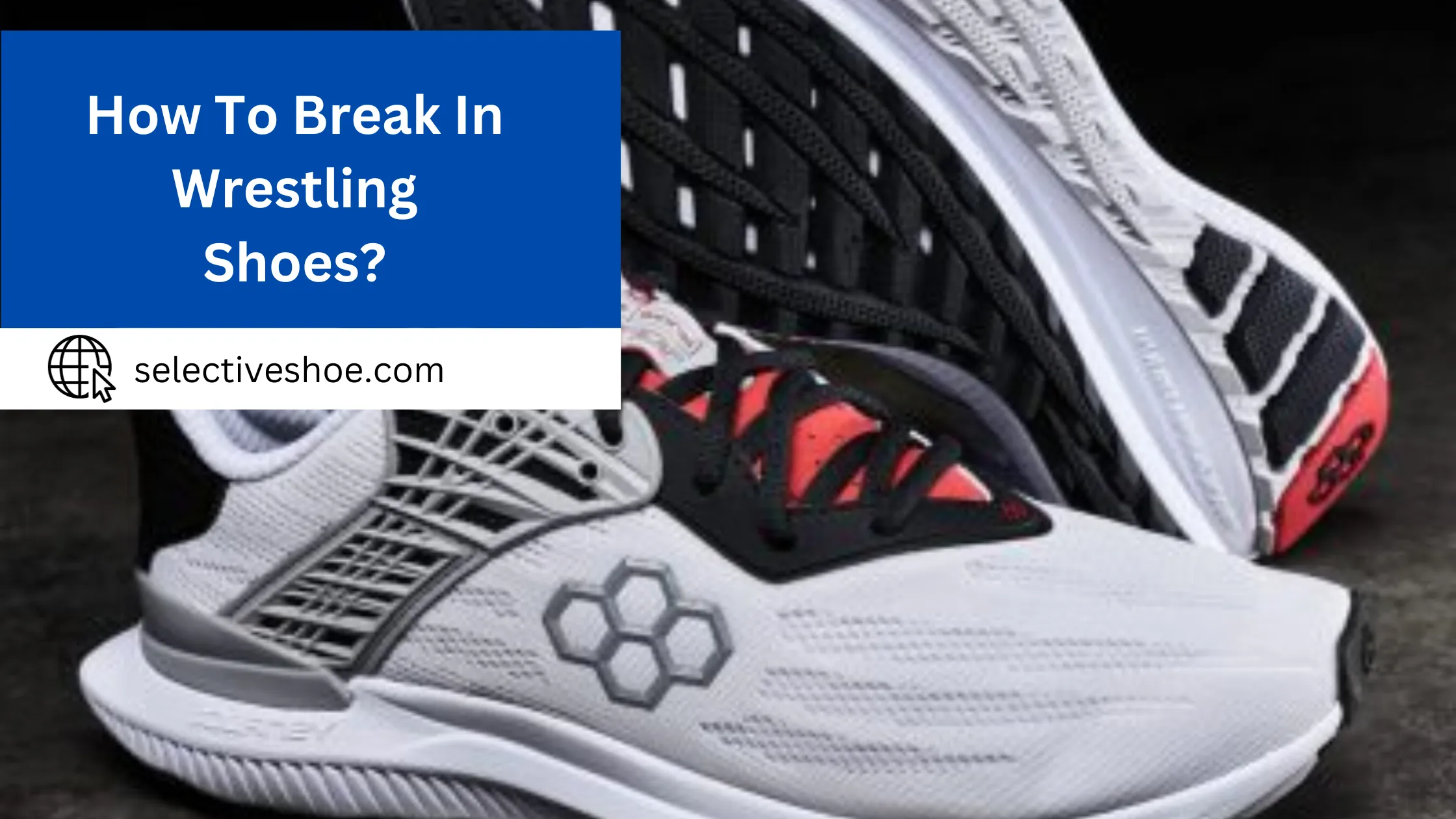If you have ever been in a store trying to buy shoes and wondering what the “C” or “D” after the size number means. It can be confusing and intimidating to try and figure out exactly what kind of shoe size you need. Don’t worry, because we are here to break it all down for you.
We will delve into every detail about shoe sizes with a particular focus on the mysterious velvety letter C that is sometimes added to them. We’ll explain how it relates to sizes, unpack its implications for fit, and learn why widths are important so that you feel confident next time when purchasing your new kicks! So fasten your seatbelt because we’re taking off on our journey into shoedom!
C stands for the child in the world of shoes. Yes, it is that easy. To compare, C and Y are shoe sizes, with Y representing Youth. While a shoe with the letter C usually has a size range of 2T to 7 or 8, juvenile sizes are typically larger and in the small-medium-large range. For example, if your child typically wears a size 1 or 2 on the shoe size chart, you may want to order him or her a size 13C or 4Y. This also means that a size 13 in kid shoes can be shifted up to a size 4 in youth shoes.
When it comes to shoe width sizes, however, C usually refers to regular, or normal. C is the distance between your foot and the heel of your shoe. This letter, however, is not as common as other shoe width sizes, and it is not featured on shoe size tables. So, the best approach to determine if a shoe fits your foot is to consult the shoe width and shoe size tables. You can also try on the shoes to verify if the heel width is comfortable for you.
Why Is Shoe Width Important?
You may be aware of the significance of selecting the proper shoe length but let’s look into the breadth of the shoe. There are three basic foot widths: narrow, medium, and wide. It can be difficult to determine the width of your feet at times. That is one of the primary reasons why shoe width is important.
For Narrow-Fitting Shoes:
Wearing shoes that are too narrow for your feet can lead to a range of discomforts. These include skin irritation, blisters, and potentially painful sores. Such tight footwear not only constricts the feet but also limits ventilation, leading to a humid environment within the shoe.
This creates a perfect breeding ground for bacteria, raising the risk of infection, especially if you have any existing cuts or sores. If you have slim feet, consult specialized size charts to make sure you’re selecting shoes that properly fit your width.
For Wide-Fitting Shoes:
On the opposite end, shoes that are too wide provide their own set of problems. Although they might seem comfortable at first, the lack of proper foot support can lead to issues. Because your feet aren’t snugly held, they tend to slide and move around, which increases the likelihood of blisters forming.
Loose shoes can jeopardize your stability, making it easier for you to trip or roll your ankle, especially during high-speed activities like running or walking. To avoid this, always pay attention to the width designation on the shoe, which is often indicated by a letter or series of letters.
So, when choosing a pair of shoes, make sure you’re not just focusing on the length. A proper width ensures comfort, minimizes the risk of foot issues, and contributes to your overall foot health.
Steps to Determine Your Foot Width at Home:
Certainly, shoe width is often an overlooked factor when buying shoes, but it plays a critical role in foot health and comfort. Here’s how you can measure your shoe width at home, in your own terms:
Find a Level Surface:
First, locate a flat surface in your home and place a blank piece of paper on it.
Position Your Foot:
Stand on the paper, making sure that your foot is flat and your weight is evenly distributed. Place your foot so that its widest point is aligned with the center of the paper.
Mark the Width:
Using a pen or pencil, mark the paper at the points where your foot is the widest, typically across the ball of the foot. Make one dot on each side of the foot, aligned with the edges of your foot.
Get the Measurement:
Remove your foot and use a ruler to find the distance between the two dots you’ve made on the paper.
Additional Width Measurement:
For a more comprehensive width measurement, repeat these steps for the next widest part of your foot, usually the heel area. Add this to your initial measurement for a combined width size, often designated as C/D, for example.
This will give you a reasonable estimate of your foot’s width, which you can then compare with the width guidelines provided by shoe manufacturers. Keep in mind that shoe width can vary by brand, so it’s always a good idea to try shoes on or check the brand’s specific sizing guide.
Conclusion:
When shopping for shoes, it’s essential to know what C means in terms of shoe sizes. Understanding the difference between a C and D width can make all the difference when choosing shoes, so make sure you take into consideration both the length and width dimensions when selecting footwear.
As long as you arm yourself with the necessary knowledge and choose a comfortable fit, you’ll be able to select the perfect shoe size every time. So if you’re looking for the most comfortable shoes, make sure that you are aware of what C means in relation to your shoe size before buying.
